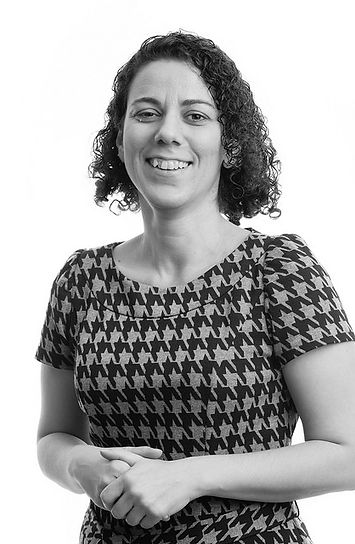

Zeynep Teymuroglu, PhD
I earned my Ph.D. in applied mathematics with an emphasis on mathematical biology at the University of Cincinnati. After graduation, I worked as an Associate Manager at BASES Nielsen, R&D for two years. In 2010, I started working as a faculty member at the Department of Mathematics&CS at Rollins College. My current research interests are mathematical biology, social network analysis, and actuarial mathematics. Also, I am interested in integrating issues of social justice and civic engagement projects into mathematics curricula. I teach Calculus, Differential Equations, and Applied Mathematics courses including Actuarial Mathematics.
BSc Middle East Technical University, 2000
MSc Oregon State University, 2002
PhD University of Cincinnati, 2008
MY LATEST RESEARCH PROJECTS

ACS Workshop: Mathematics for Social Justice
Rollins College Assistant Professor of Mathematics Zeynep Teymuroglu, along with faculty colleagues Joanna Wares (The University of Richmond), Carl Yerger (Davidson College), and Catherine Buell (Firchburg State University), were recently awarded $14,700 by the Associated Colleges of the South for their project, ACS Workshop: Mathematics for Social Justice.
It will focus on creating activities, lessons, and projects that address complex issues such as inequality in health, education, and wealth distributions, or race and gender issues, to promote applications of mathematics and critical thinking. Such activities aim to increase both students’ mathematical ability and their social consciences while integrating their diverse backgrounds and knowledge into mathematics curriculum.
WhAM Research Group Project: Clustering in Neural Networks
"Clustering is a stable phase-locked activity pattern that has been observed in networks of intrinsically oscillating neurons. In these states the network breaks up into clusters. Neurons within a cluster exhibit phase-locked behavior with zero phase-lag, while between clusters neurons are phase-locked with non-zero phase-lag. Clustering has been proposed as a way of inducing network level oscillation frequencies which individual oscillators are incapable of producing (Kilpatrick & Ermentrout, 2011). In networks with all-to-all coupling, multiple stable cluster states can co-exist (Golomb & Rinzel, 1994). This multistability enables the network the flexibility to respond to different inputs with different frequencies.
This project will include opportunities for those with interests in any or all of the following: mathematical analysis (stability, bifurcations, perturbation theory, network theory), numerical simulation and numerical continuation both for deterministic systems and systems with noise." WhAM Website
